With the worldwide craze for analog photography in full swing, we have seen another blast from the past rise again. Everybody wants compact digital point-and-shoot cameras again, to the point where some models are going for prices similar to when they were released.
Higher-end models with manual control and bigger sensors are incredibly popular, and cameras like the Sony R1 series and Panasonic LX100 cameras command top dollar.
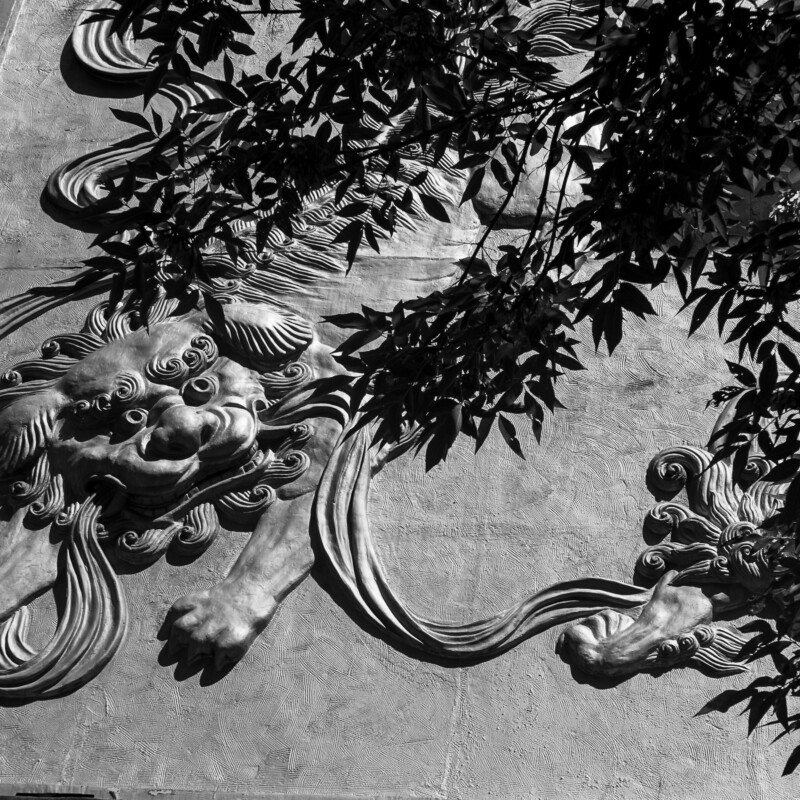
So it makes perfect sense for companies such as Leica to essentially re-release older models to fill the demand in the market. Thus, the $1,595 D-Lux 8 has hit the shelves and I got to see if it has a place in 2024. The experience was fun for all the right reasons but came with a major case of deja vu.
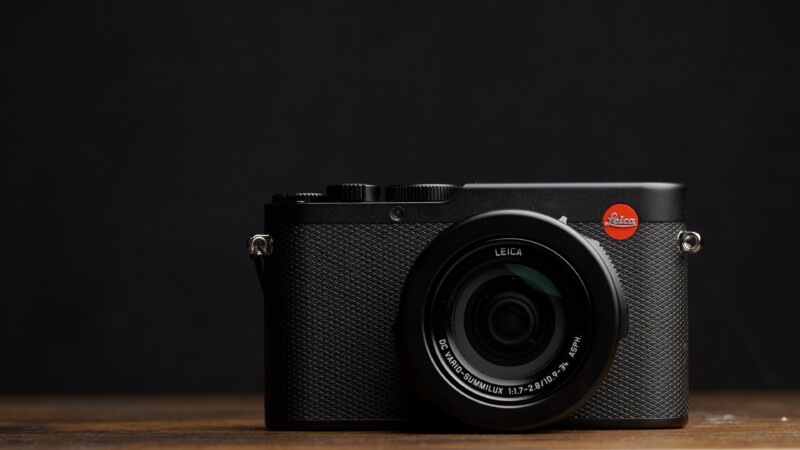
Leica D-Lux 8 Review: Familiar Handling
To give a bit of context, the predecessor to the D-Lux 8 was the Leica D-Lux 7, itself an almost carbon copy of the Panasonic LX100 II. Leica and Panasonic share many platforms and technology with each other and the D-Lux 7 was an extreme example of rebranding to the point where the menus and even RAW file format were borrowed straight from Panasonic. The controls were also largely identical.
This time, though, the D-Lux 8 does make a significant departure in the handling department to set itself apart. Its menus are now very similar to the Leica Q3 with a wonderful quick menu popping up with the first menu button press and the same simple Leica interface for the deeper menus with a second press. Everything is easy to navigate and this is one of the nicer upgrades to the D-Lux 8 camera.


The controls have also been improved with a new command dial replacing the old, fixed, exposure compensation dial from the D-Lux 7. The new dial is easier to access and can be customized fully, too. Beyond that, there is an additional button on the top of said dial which can also be customized.
In classic Leica styling, the D-Lux 8 feels prestigious and premium with a flat grip and small dimensions that make it a pocketable fashion accessory as much as a camera. It only weighs 14 ounces (397 grams) and is perfect for a day out in a day pack or purse. Although the rest of the lens controls and buttons are essentially the same, I do appreciate the additional controls and changes that keep this camera from simply being a re-boxed Panasonic camera again.


I love that the D-Lux 8 has enough space to fit a 2.36-million dot OLED EVF which does not have the yucky rainbow color tearing that the older field-sequential EVF had. The back panel LCD is fine but it lacks the brightness needed for sunny day use and does not tilt in any way.
Sadly, the Leica D-Lux 8 isn’t any faster to shoot than its predecessor and can only shoot two frames per second while autofocusing. The camera is quick enough to focus to a single point and stay there for classic focus and recompose style shooting but the continuous autofocus is slow and jittery. The D-Lux 8 is clearly intended to be a more casual shooting experience rather than a fast and capable street shooter.

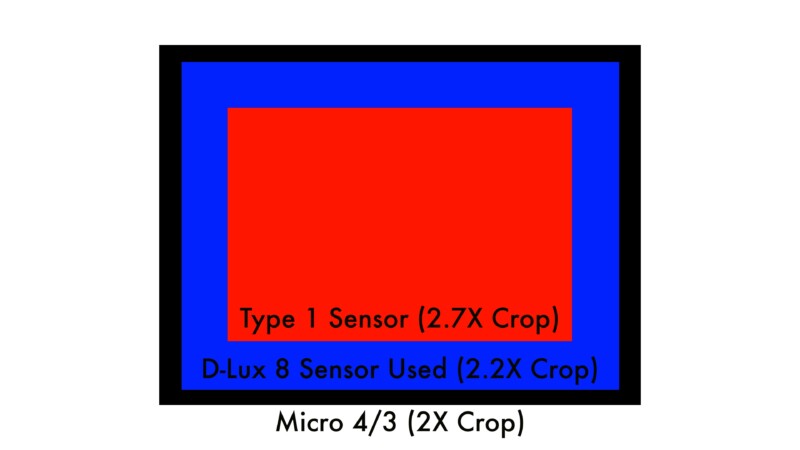
Leica D-Lux 8 Review: Identical Image Quality
So while the control scheme might be an improvement, the image quality is a nostalgic return to form. The original LX100 camera tackled image-making with a unique approach: it placed a sharp 24-75mm full-frame equivalent zoom with a relatively fast f/1.7-2.8 aperture in front of a Micro Four Thirds sensor. Rather than utilize the whole sensor surface, however, the lens casts a circle of light that uses only the more central portion of the chip. This costs some megapixels of resolution but does allow for multiple aspect ratios to be quickly selected while allowing the lens assembly — and the camera — to be much smaller physically.

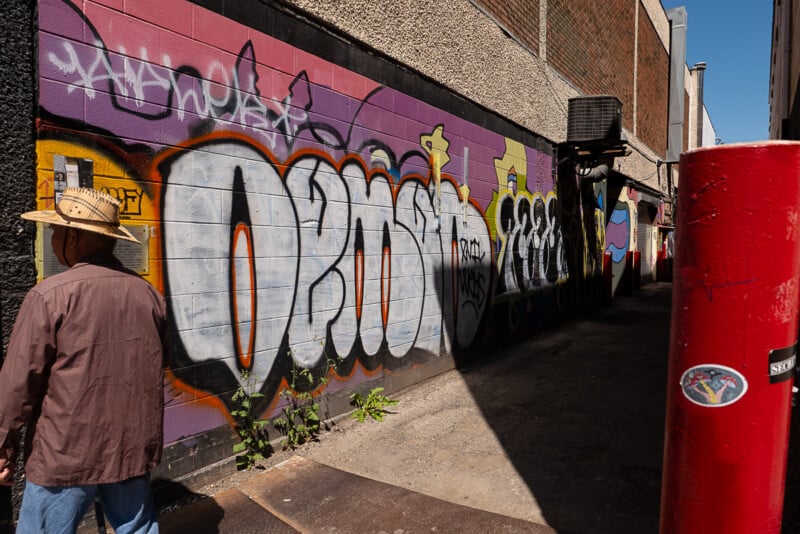
The same lens setup and sensor from the D-Lux 7 is being used in the D-Lux 8, giving a maximum of 17 megapixels when using the 4/3 aspect ratio. It’s a unique approach that feels as novel today as it was ten years ago. I found myself switching back and forth between square pictures and 3:2 shots as well as the occasional 16:9 ratio for something more panoramic-looking. Image quality is acceptable as the intention is perhaps more for fun memory-making than serious photography. Make no mistake though, there is plenty of potential to take creative photographs with some control over depth-of-field and shutter speeds. Shooting the D-Lux 8 feels closer to the experience of the Ricoh GR cameras or Fujifilm X100 series than it does a basic point-and-shoot.

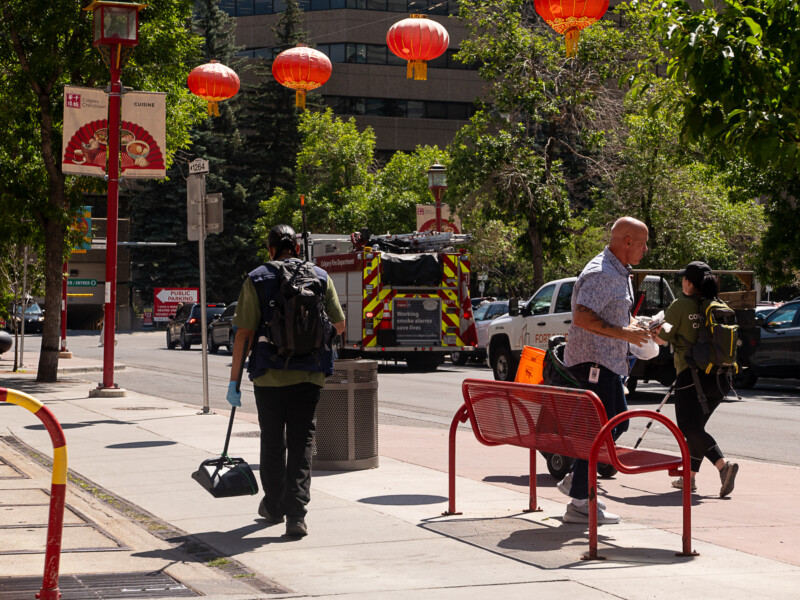
I’m also happy to see that Leica is using the RAW DNG format instead of Panasonic’s proprietary file. DNG files are not only universal to open in any version of Adobe software but also a format that Leica prefers in its other cameras. Basic editing and uploading can be done through the Leica Fotos app, and color profiles can be downloaded back to the camera to have more fun with out-of-camera JPEGS.
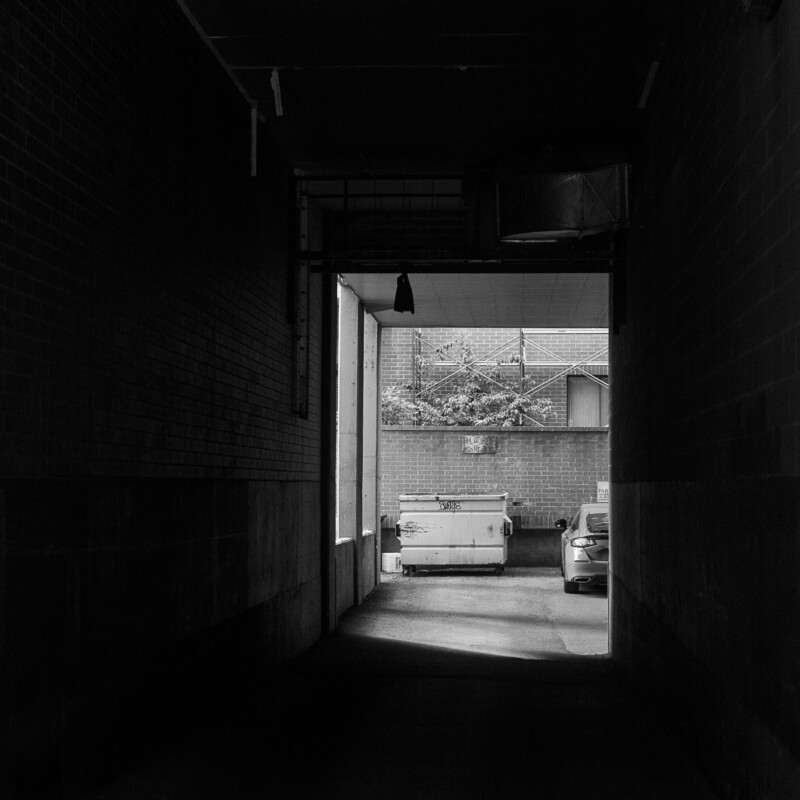
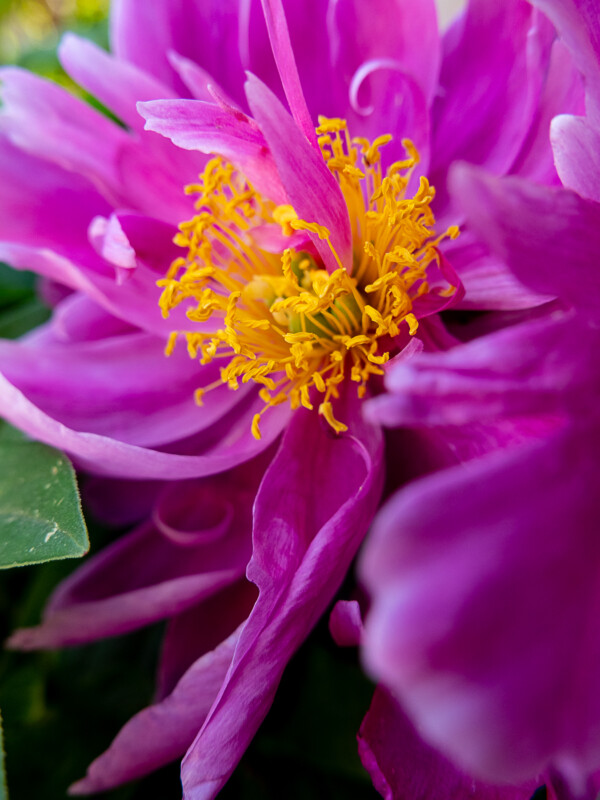
The video capabilities of the D-Lux 8 haven’t changed from the older model. Video quality still looks somewhat over-sharpened and although the camera can shoot 4K up to 30 frames per second there is a heavy crop to do so. There is no option to shoot 4k at 60p and no higher dynamic range log mode. Overall, the D-Lux 8 is okay for the occasional quick video clip to capture a memory but is not useful for any kind of serious video work. It almost goes without saying that you will not find a headphone input or mic jack anywhere on this camera either.

Leica D-Lux 8 is Worth a Trip Down Memory Lane
You could cynically look at the D-Lux 8 as a relatively minor upgrade to an old camera that just seeks to cash in on the trendy resurgence that anything older is automatically cool again.
And you would be absolutely right. But I did have a serious case of Deja Vu using the D-Lux 8 and the memory that it brought back was a fun one. I like the novel approach to the smaller lens and Micro Four Thirds sensor and it gives a big boost in image quality over a more basic point-and-shoot sensor. It also provides enough creative control to please more advanced photographers but it is not a camera on par with GRs and X100s.
I would really treat it as an oddly entertaining device that bridges the gap between serious and silly. It could be the perfect pocket camera for someone who wants to have fun, be creative, and come home with high-quality images, without the bulk and complications of a more serious tool. Unfortunately, the price of admission is steep. This is a Leica camera after all.

Are There Alternatives?
The only real options that compete are the older Leica D-Lux 7 and Panasonic LX-100 II. Both of these older cameras will give essentially the same experience but the D-Lux 8 will do it a little better and with the peace of mind that a new camera brings. The D-Lux 8 might be a little more money but frankly, the D-Lux 7 and LX100 II are over-inflated in pricing and not as much of a bargain as you might think.
You could consider the Ricoh GR III and Fujifilm X100VI as alternatives too, but I find the shooting experience to be different enough that the D-Lux 8 isn’t a straight-across competitor.
Should You Buy It?
Yes. Pocket cameras are fun to use and the demand is clear. Kudos to Leica for jumping on the bandwagon and hopefully inspiring other companies to do the same.
